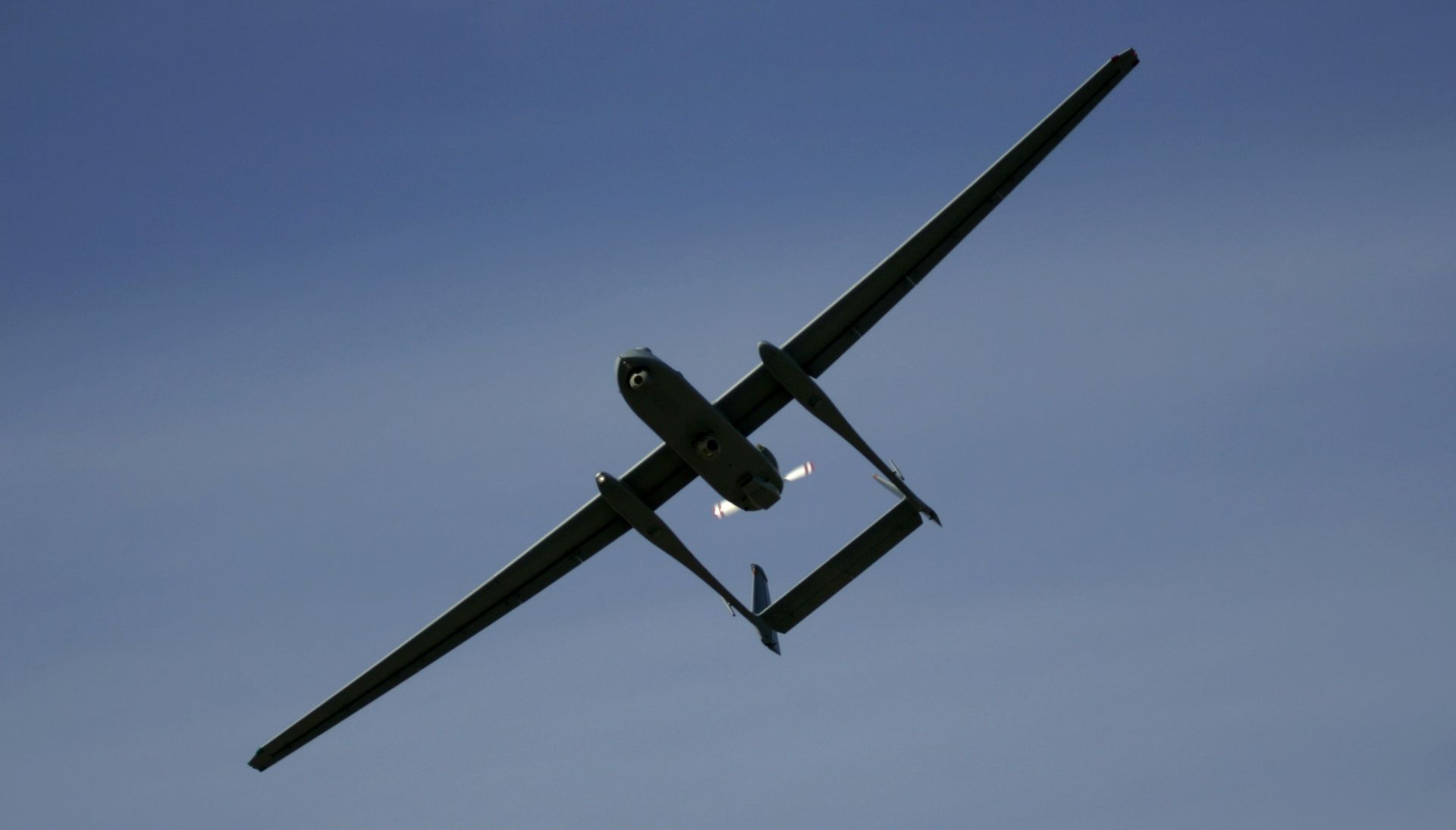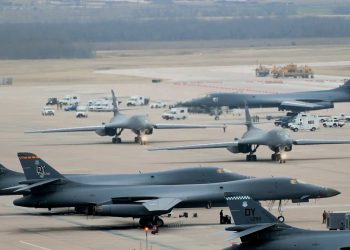US Air Force, EDWARDS AIR FORCE BASE: Three Air Force units have started accelerated testing of a Litening-AT targeting pod.
The 416th Flight Test Squadron here is working with the 85th Operational Test and Evaluation Squadron at Eglin Air Force Base, Fla., and the 422nd OTES at Nellis AFB, Nev., to update the existing Litening pod with several new capabilities for warfighters, including a video downlink transmitter currently used in the Predator Unmanned Aerial Vehicle.
“The transmitter, called the ROVER Module, was pulled out of the Predator and allows the video the pilot is looking at to be immediately, real-time downlinked to a ground station in the form of a laptop computer held by the joint terminal attack controllers,” said Maj. Alan Wigdahl, 416th FLTS chief of flight safety and an experimental test pilot. ROVER is the Remotely Operated Video Enhanced Receiver.
The videos can also be transmitted to ground commanders, allowing them to make immediate decisions about a target. This capability will give troops greater situational awareness while minimizing the amount of time the F-16 Fighting Falcon must spend in the target area.
“This means the F-16 can stay far away, without alerting the enemy of our presence and give us real-time video for downlink to ground forces engaged in combat operations,” said Andy Bromsey, 416th FLTS project manager for the Litening-AT plug-and-play test acceleration.
A test acceleration gives priority to a test program here, enabling the test team to deliver a proven system directly to the warfighter in the least possible time.
“All the tests we do at Edwards are important,” Major Wigdahl said. “However, there are some, as in the case of the Litening AT pod, that are direct requests from the guys over in the Middle East who need a new or improved capability as soon as possible.”
The team focuses on efficient testing, making sure they get the capability fully evaluated and out to the warfighter, said Kris Peterson, 416th FLTS armaments engineer.
“With a critical schedule it doesn't pay to go up there and waste any time,” Mr. Peterson said. “But we don't skip any of the processes we already have in place because they're designed to create efficient, safe testing. The challenge we have with test accelerations is we have to accelerate everything within a set time frame.”
In mid-March, the F-16 systems group at Wright-Patterson AFB, Ohio, forwarded an urgent need request for a new capability to be delivered to U.S. Central Command.
“As soon as we received the tasking, we put the Edwards' program management planning tool into action,” Mr. Bromsey said. “Within hours we were able to establish complete support for the test (acceleration) and analyze the effects on other test projects within the squadron.”
One way of accelerating the test process was having the units from Nellis and Eglin work alongside the 416th FLTS.
Major Wigdahl said that, historically, developmental test and evaluation determined if a system worked safely and as designed, and operational test and evaluation determined if the system met the warfighter's needs.
“In today's leaner Air Force, we've been able to combine developmental and operational testing by hosting (operational test) pilots here at Edwards or by deploying our teams to Eglin or Nellis,” Major Wigdahl said. “These combined efforts are paying huge dividends by saving test resources and by improving the combat capabilities of the systems under test.”
This new capability is scheduled to be operational, in theater, July 1.
Beijing slams US over potential Chinese drone ban
China said on Friday it would take "all necessary measures" in response to the United States announcing it was considering...








